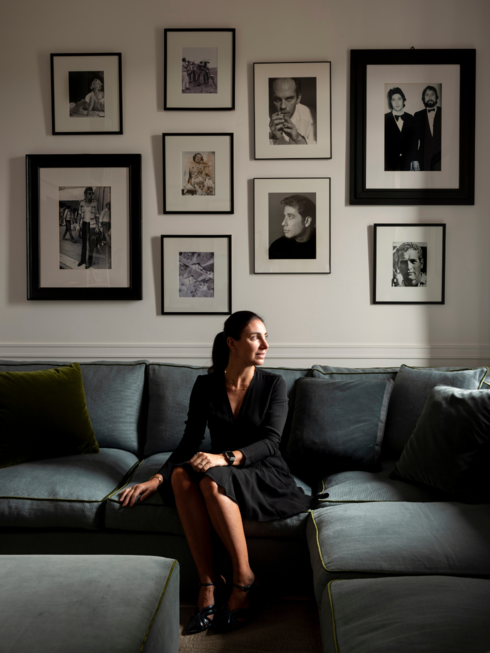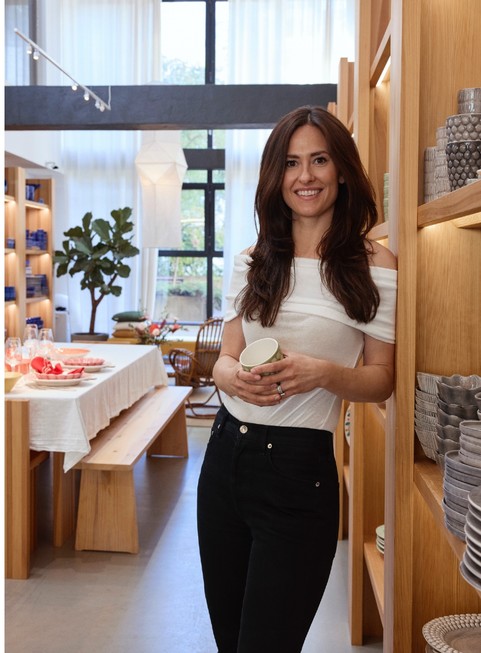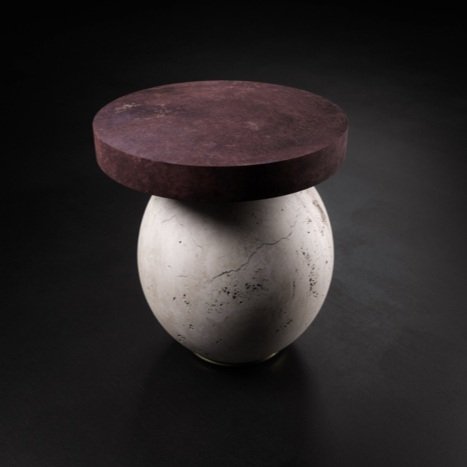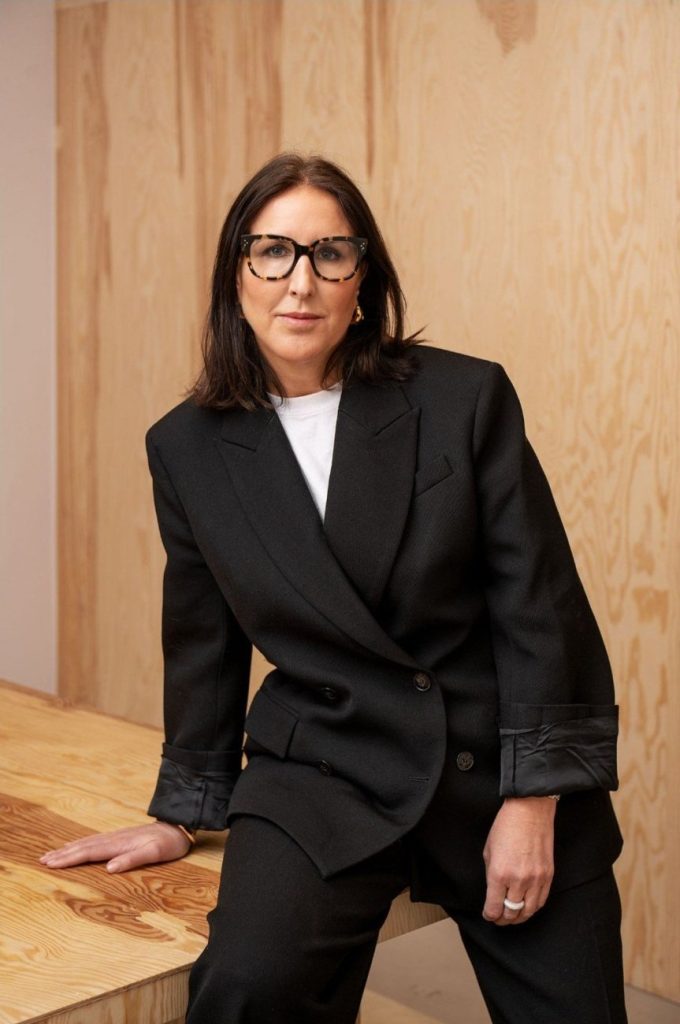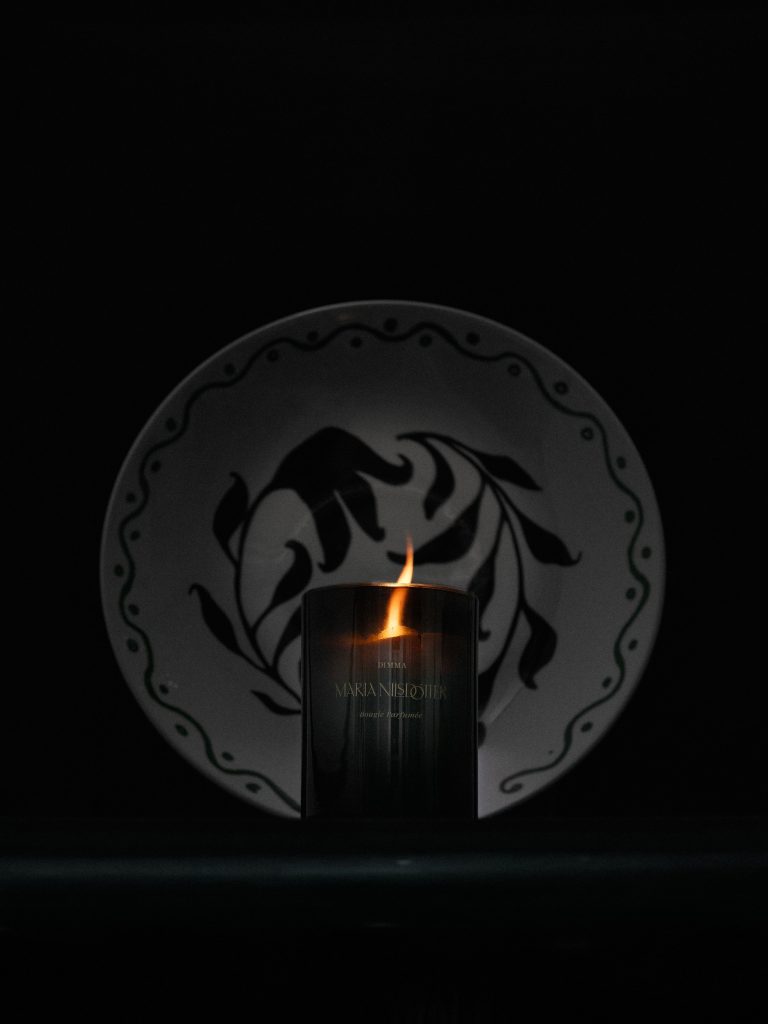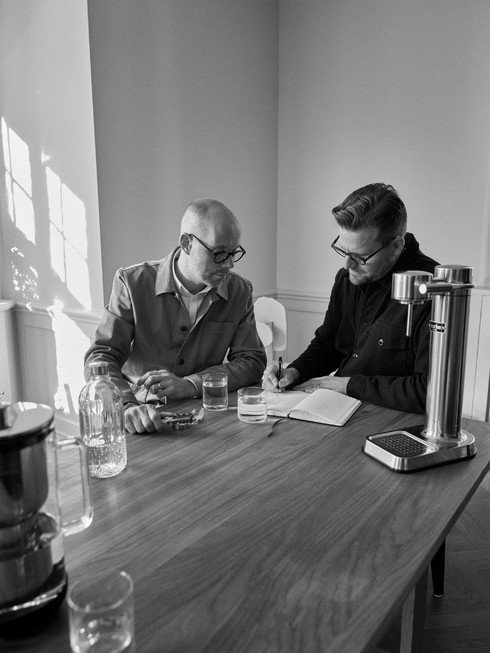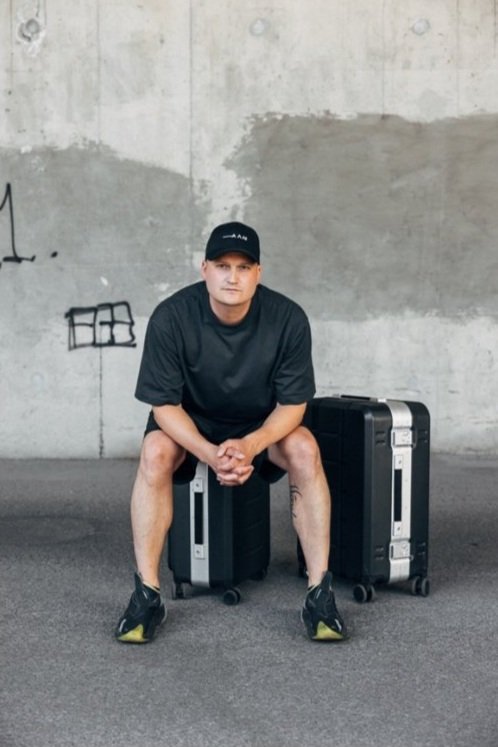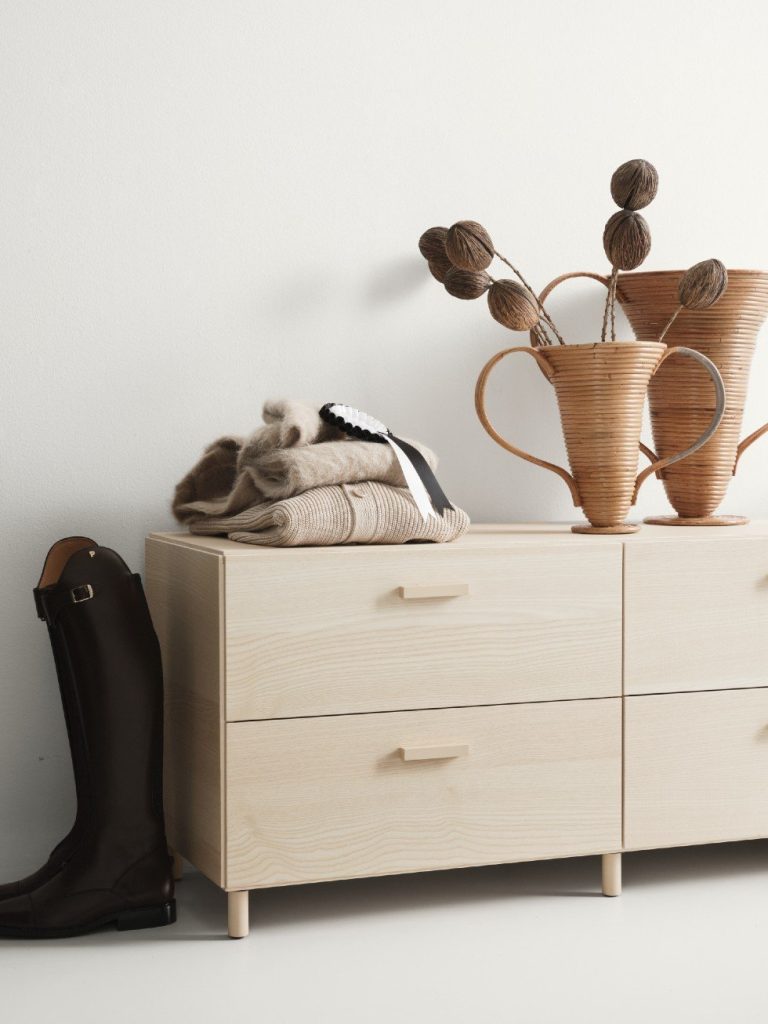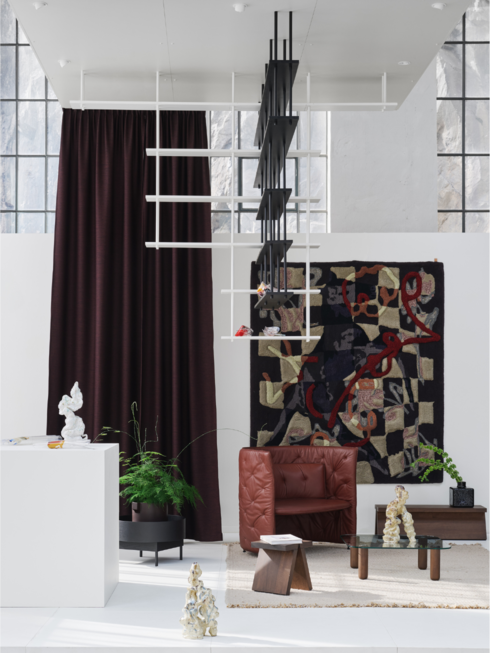Lorenza Luti on Kartell’s legacy of continuous Innovation
Lorenza Luti on Kartell’s legacy of continuous Innovation text Natalia Muntean For Kartell, innovation isn’t just a strategy, it’s genetic. As the granddaughter of the brand’s founder, Lorenza Luti, Marketing and Retail Director at Kartell, has spent a lifetime watching plastic transcend its industrial roots to become sculptural, sustainable, and even visual poetry. Today, she steers the iconic Italian design house into the future, with every piece produced by Kartell telling a story. In this interview, Luti reveals how Kartell balances heritage with disruption, why sustainability demands ‘revolutionary materials, not just green gestures,’ and how a family business thrives when it treats design as ‘a spark, not a formula.’ Natalia Muntean: How do you see Kartell evolving over the next decade, and what role do you envision yourself playing in that evolution?Lorenza Luti: Our creativity and purpose of always innovating will not stop in the future. Kartell has always worked, above all, in the logic of innovation, carrying on simultaneously creativity with impossible challenges never realised before. We will continue strengthening the brand through the expansion and diversification of the sales network with a very specific global retail policy that guarantees strong brand recognition. Today, as in the future, Kartell aims to be not just a furniture product but a real lifestyle brand. This is the path that was traced first by my grandfather, followed by my father up to now, and certainly, my brother Federico and I will continue on this path, carrying forward this legacy. NM: How do you honour Kartell’s legacy while pushing for innovation? What challenges have you faced as a leader in a family-owned business, and who has inspired your leadership style?LL: Being part of a family business like Kartell is wonderful, even if it requires a lot of commitment because the private and professional spheres inevitably overlap. But it is rewarding to be part of a great story, one that has been going on since the generation of my grandparents and continues today with mine and my brother’s commitment, alongside my father. Since I was a child, Kartell has been part of my life. I carry within me the passion and commitment that I have seen in my father when he follows the birth of every single project and finds the right idea to transform a creative intuition into a market success. Nohing stimulates me and gives me more satisfaction than attending meetings between him and the designers. It is a back and forth of ideas, a continuous exchange of working hypotheses and new discoveries, always going further. NM: What has been the most rewarding aspect of your career at Kartell so far, and what lessons have you learned along the way?LL: There is no design without emotion and this has been our inspiration. A design piece must tell a story, going beyond the product itself. I firmly believe that this is the direction in which we need to go: to excite by creating not a series of objects but a transversal and versatile lifestyle. A complete proposal that knows how to arouse something, in which the products enter into dialogue with each other and in relation to the living spaces, creating personal solutions. It is the vision of design that is always on the move, in which a style becomes strong and recognisable precisely because it can highlight the living room, the different contexts and cultures with which it is mixed. NM: Can you elaborate on some of the key initiatives Kartell has undertaken to become more sustainable? How do you balance the need for innovative design with the increasing demand for sustainable products?LL: Our commitment to sustainability and environmental protection has always been a priority at Kartell. The passion for excellence, that has guided Kartell’s development since its origins, has led us to focus on environmental responsibility and attention to good sustainability practices. For us, each item we create is a timeless product, developed with respect for the environment and designed to occupy museum spaces and collectors’ assets at the end of its function. Kartell’s commitment to implementing and increasingly improving the environmental management system is guaranteed by adherence to International certification protocols. that characterise Kartell. It is a dynamic and enriching process, which inspires and motivates me every day. NM: What do you think will be the most significant shifts in consumer behaviour over the next few years, and how is Kartell preparing for them?LL: Our strategy is based on online and offline multi-channel. Today, in its expansion process, stores are becoming increasingly larger, so we had to rethink our spaces both to create a story capable of making our bestsellers communicate with the latest product news but also to convey Kartell’s renewed ability to offer total living proposals in which sofas are set with armchairs, rugs, side tables and lights as well as tables and chairs, thanks to the expansion of the range and the inclusion of products and product families that allow us to represent an overall vision and also satisfy a very broad market demand. This, without forgetting our vertical display, which is becoming even more elegant. E-commerce is the other Kartell distribution channel, together with Retail, which for us remains our core business. In 2014, we were the first in the furniture sector to open a direct e-commerce that we have continued to develop and enrich, becoming a real relationship platform with our customers. The site is not only a commercial digital showcase but is a global platform for corporate storytelling. Furthermore, we are increasingly working towards harmonising the showcase campaign, which is now the same for both the digital and traditional retail parts. This is immediately visible starting from the home page, where there are not only showcase launches but also editorial or cultural content that give a well-rounded vision of our brand. NM: What emerging trends in the furniture and design industry are you most excited about, and how is Kartell positioning itself to capitalise on these trends?LL: Our philosophy is to create emotion through our products to achieve what we call the Kartell lifestyle or the

